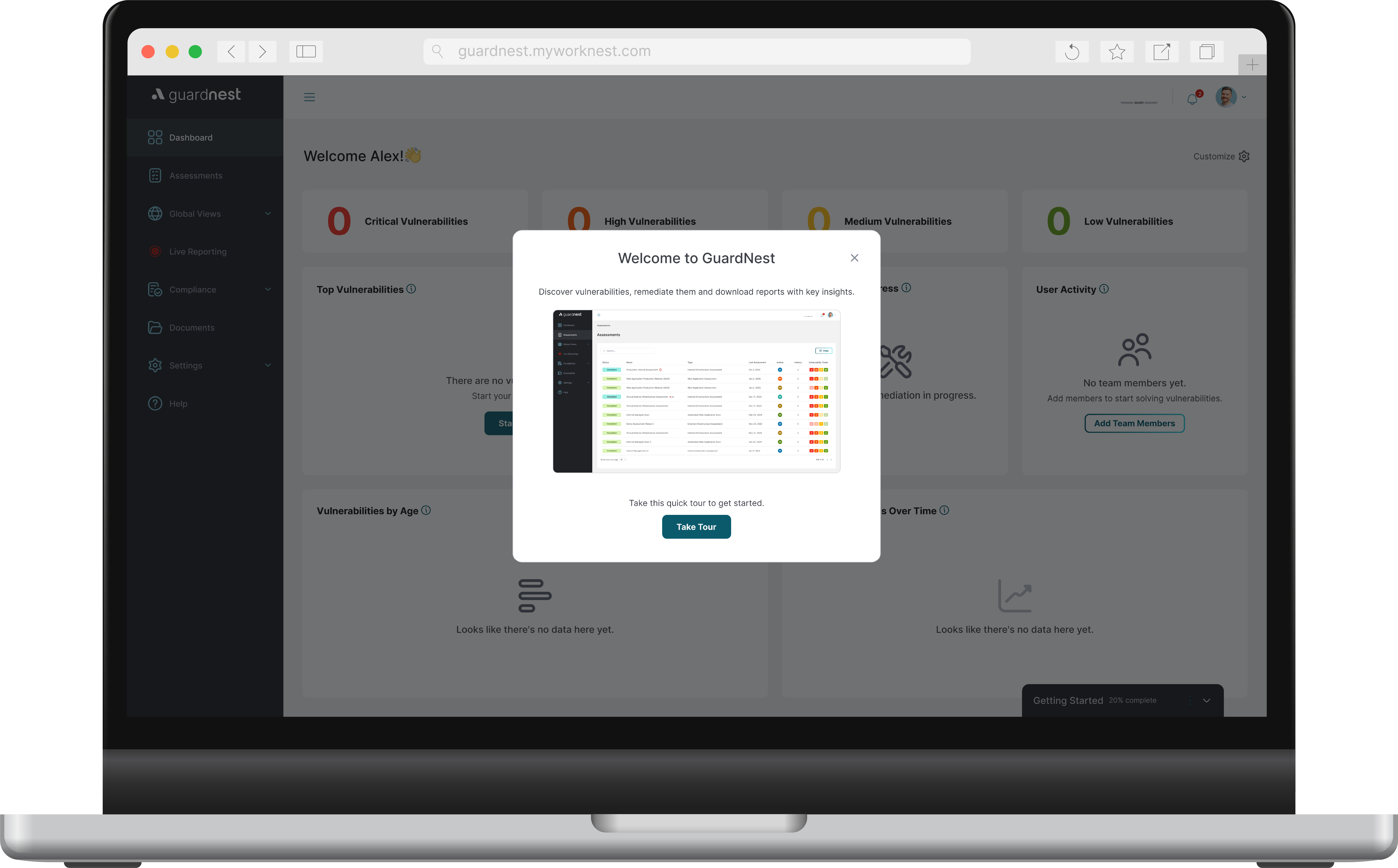Phishing Alert: How to Identify and Avoid Phishing Attacks


Phishing Alert: How to Identify and Avoid Phishing Attacks
Phishing is a type of attack that attempts to steal your personal information, such as your login credentials or credit card details. Cybercriminals use phishing attacks to gain access to your account and steal your data. In this blog post, we will discuss how to identify and avoid phishing attacks. We will also provide tips on how to protect yourself from these types of attacks.
What is Phishing?
Phishing is a type of social engineering attack that uses deceptive emails, texts, or websites to trick users into providing confidential information. Cybercriminals use phishing techniques to gain access to your personal data, such as usernames and passwords or financial account details.

How to Identify Phishing Attacks
The first step in avoiding phishing attacks is to identify them. Here are a few signs that can help you spot a phishing attempt:
- Unusual sender address or email domain: Be wary if the email has an unusual sender address or domain (e.g., “noreply”).
- Suspicious links and attachments: Do not click on any links or open any attachments in the email, as they could contain malicious code.
- Generic greetings: Phishing emails often have generic salutations like “Dear valued customer” instead of your name.
- Urgent requests for action: Cybercriminals often use urgency to pressure you into providing information or taking an action.
- Poor grammar and spelling: Phishing emails often contain spelling and grammar mistakes.
How to Avoid Phishing Attacks
The best way to protect yourself is to be vigilant. Nobody can ever fully avoid a phishing attack, but you can avoid further damage by always being able to identify the attacks so you don’t fall victim. The basic cyber security measures can reduce your chances of being a target of a successful attack for example:
- Using a password manager.
- Making sure your passwords are complex and not guessable.
- Never writing important information down such as your card details.
- Never clicking on suspicious links.
Although these basic measures can reduce your chances of being a victim to phishing attacks, you could still be a target.
How to Report Phishing Emails
If you do come across a suspicious email, it’s important to report it as soon as possible. You can report phishing emails to report@phishing.gov.uk and the National Cyber Security Centre (NCSC) will investigate it. It’s also recommended that you delete the email and don’t reply to it. If it’s a text message, you can forward the text message to 7726 – it’s free. This will report the message to your mobile phone provider.
Conclusion
In conclusion, phishing attacks are a serious threat to your security. It’s important to be aware of how to identify and avoid these attacks so you can protect yourself from becoming a victim. By following the tips outlined in this blog post, you can help keep yourself and your data secure online. Our Phishing Email Security Assessment is designed to help businesses tackle the threat of phishing attacks by securing your entire network from any risks that appear.
.png)








.svg)








.webp)


